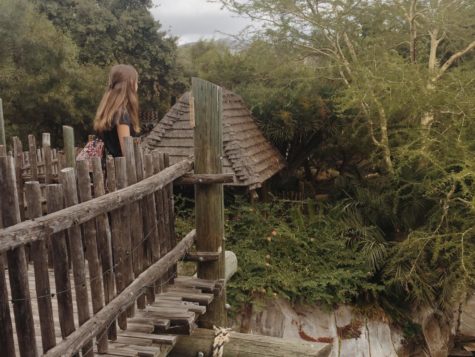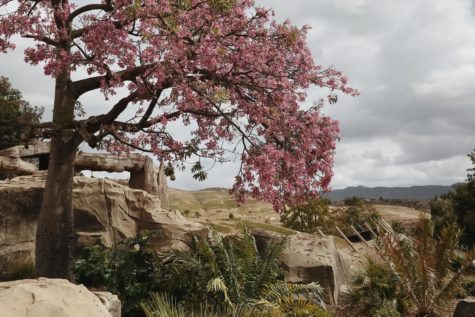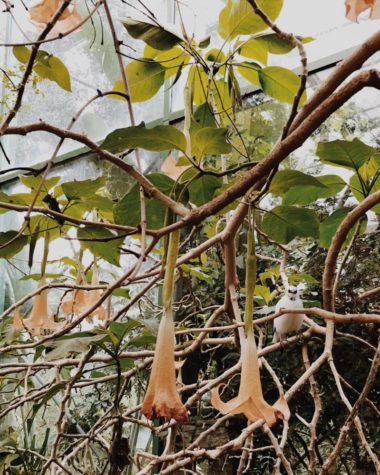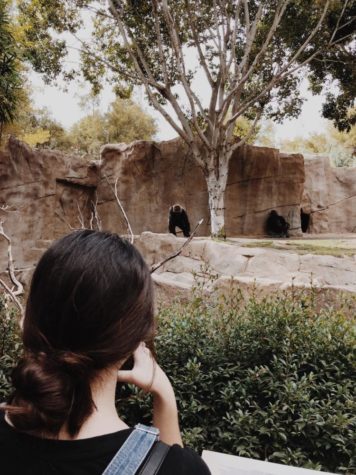
By Meghan Byrne | Writer
October 25, 2017

Before the school day had even started for most students at San Clemente High School on Friday, October 20, about four dozen AP Biology students boarded a bus to visit a “frozen zoo” in San Diego. It was the annual field trip to the San Diego Zoo Safari Park, led by Ms. Finnerty and Ms. Brislen, where students have the chance to learn about DNA, RNA, and genetics firsthand. As part of the course’s unit on genes and heredity, students learn about cryptopreserved genetic material at the Beckman Center for Conservation Research, which is the largest and most diverse “frozen zoo” in the world. In this facility, thousands of species, including some extinct species, are preserved and studied for purposes of research and conservation.

As a part of the field trip, students participated in a gel electrophoresis lab with condor DNA. In the process of gel electrophoresis, charged molecules, like DNA and RNA, are pushed or pulled by an electric current to move through the gel. The molecules move to the side of the gel that holds the opposite charge of the molecules themselves – positives go to the side with a negative charge and vice versa – and the size of the molecule determines how far it moves through the gel. Pretty confusing, right? In short, this process can separate DNA fragments out by length, which in this lab allowed students to determine the sex of the condor whose DNA they were examining. Because this technique for examining genetic material is taught in the AP Biology course, the field trip offered a chance for students to apply their knowledge in a hands-on setting. The lab also taught the students about the California condors’ unique history and their current predicament: though wild condors were extinct by the 1990’s, they have since been reintroduced into some regions of the United States, but are still endangered.
Students who attended this year’s trip testify that the experience was both interesting and educational. “My favorite part was doing the gel electrophoresis lab because, though I’ve done it before, it was interesting to do it with condor DNA instead of human DNA,” comments senior Kelli Beach.

Students also had the chance to see some of their favorite animals in the Safari Park and do a bit of monkeying around themselves. “My favorite part was seeing the giraffes and gorillas – especially when the gorillas were fighting for each other’s food,” remarks Sammy Seefeldt, grade 12.
As students on the San Clemente campus hopped in their cars to head home after a long school day, the AP Biology students boarded their bus to head back home. The Safari Park had plenty to offer, from beautiful plant and animal life to the once-in-a-lifetime chance to visit a frozen zoo. Kelli says that at the end of the day, she “felt fortunate to have been able to go on the field trip and have such a cool learning experience.”

Leave a Reply